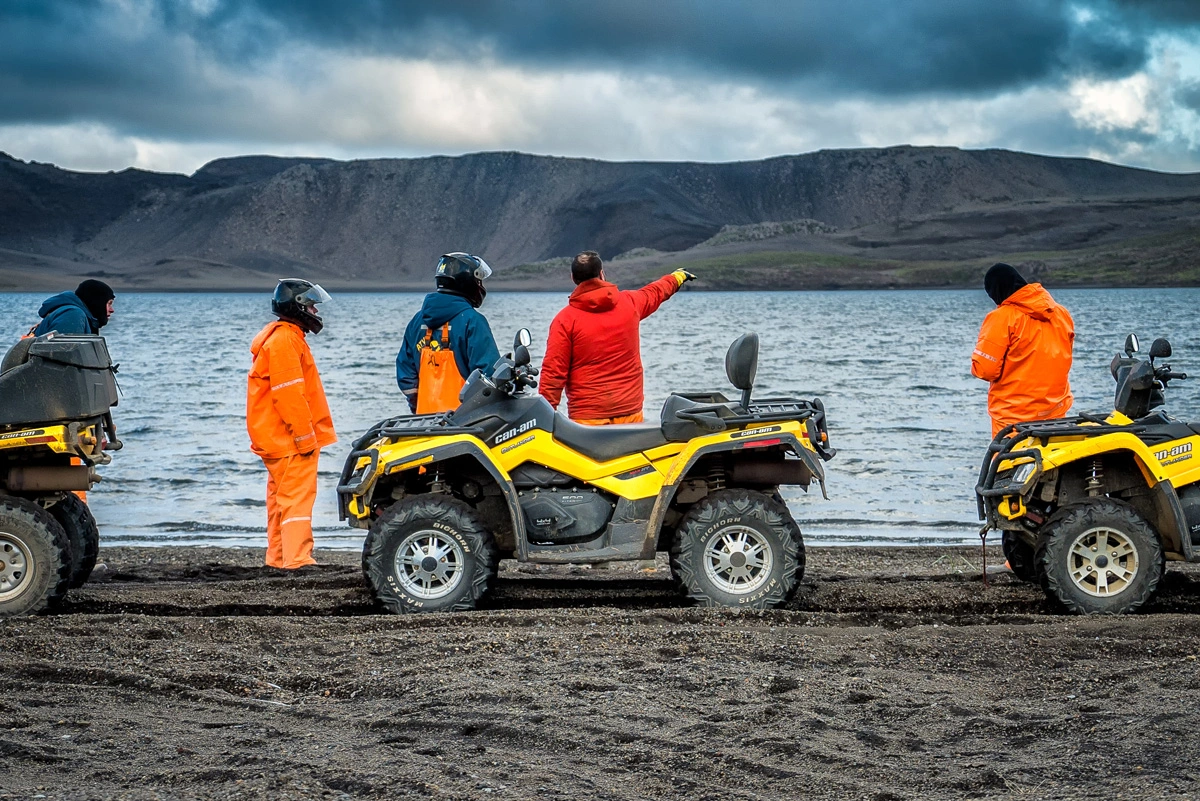What is the best time to visit Iceland for you ?
The best time to visit Iceland depends on the intention of your trip, and not only on the temperature. From May to September the climate is milder, but the winter months are perfect for enjoying the Northern Lights.
Best Time of year to visit Iceland
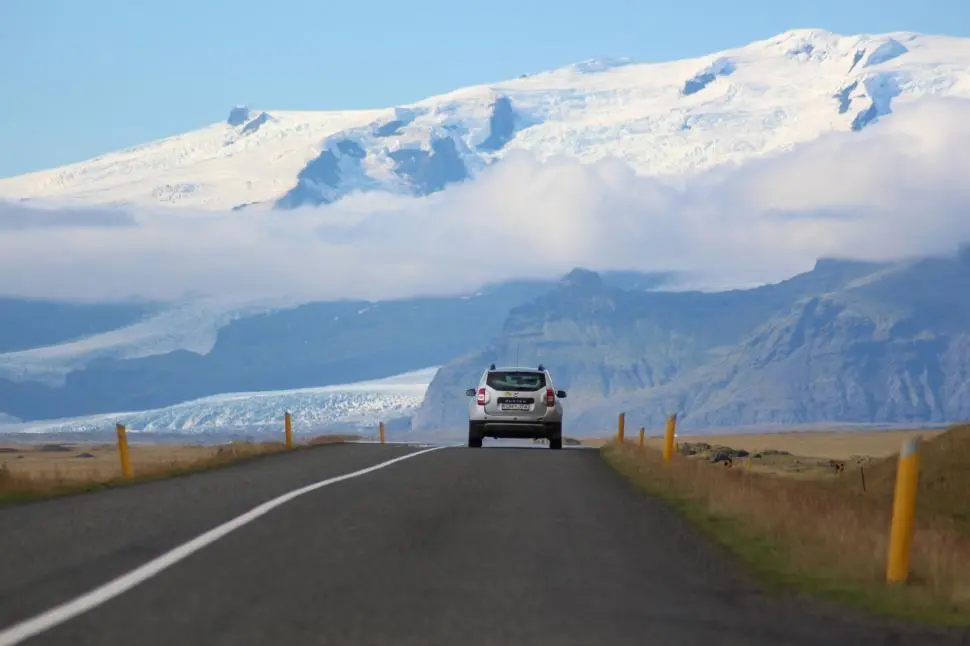
When planning your trip to the land of ice, you have to take into account not only the climate, but also the tourist season. We will now analyze the different seasons of the year so you will know which is the best time to travel to Iceland.
Visit Iceland in spring

If you have not yet decided when to travel to Iceland, in April and May, although there may still be some snowfall, you will enjoy good temperatures. Flowers begin to come to light and migratory birds return to the country.
Must Read : Best Time to Visit Scotland for Festivals, Wildlife, and Scenic Beauty
Temperatures in spring will range between 0ºC and 10ºC depending on the area you visit. It is still a perfect time to see the Northern Lights, with the added advantage of enjoying better temperatures than in winter.
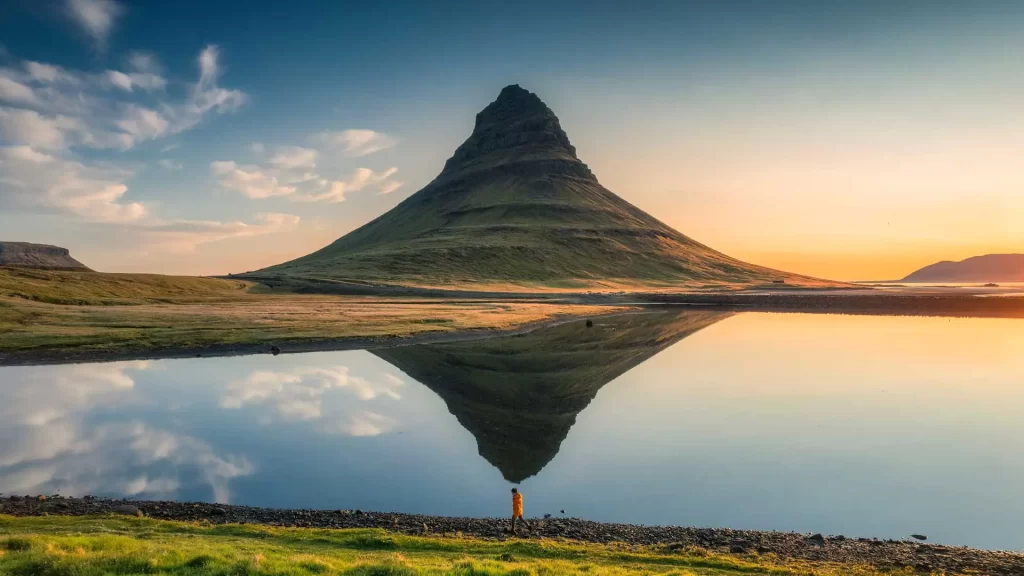
Also, since it is not the peak tourist season, you will be able to find accommodation more easily and at a better price. You will have more excursions available and the plane tickets will also be cheaper. For all these reasons we could say that spring is one of the best times to travel to Iceland.
Traveling to Iceland in summer
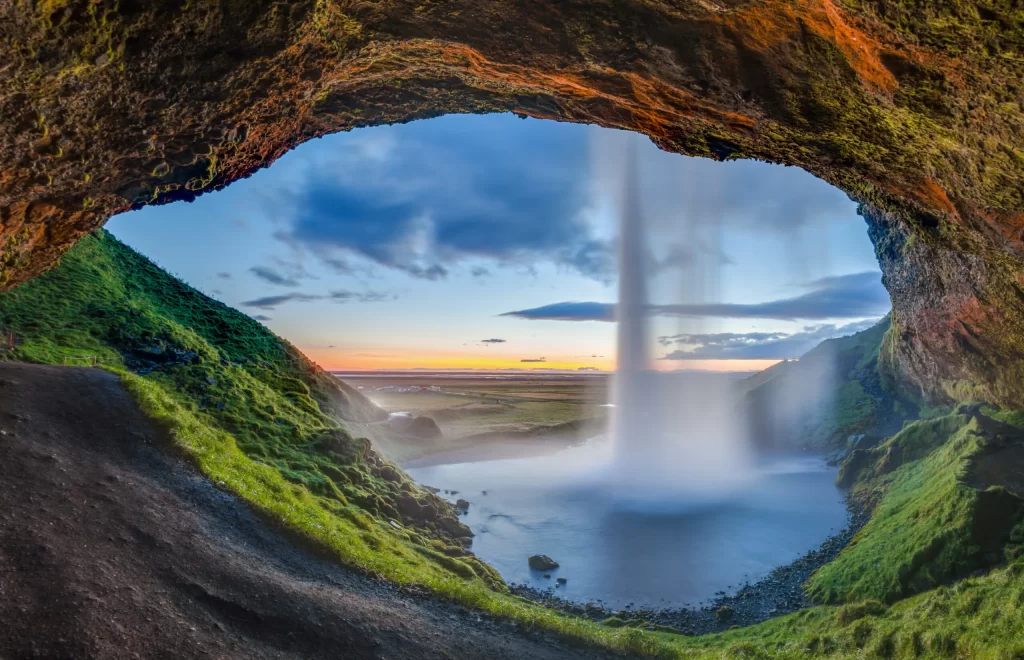
Summer is the time chosen by most tourists to visit the country. The temperatures are very pleasant and the famous phenomenon known as the midnight sun takes place. However, you should know that summer, being the peak tourist season, both the plane ticket and the accommodation will be more expensive.
You will find that there will be areas of the country that will be closed due to the thaw. The advantage of traveling to Iceland in summer is that you will have more hours of light. However, precisely because there are more hours of light, 24 hours, make sure to pack an eye mask, otherwise you will not be able to sleep at night.
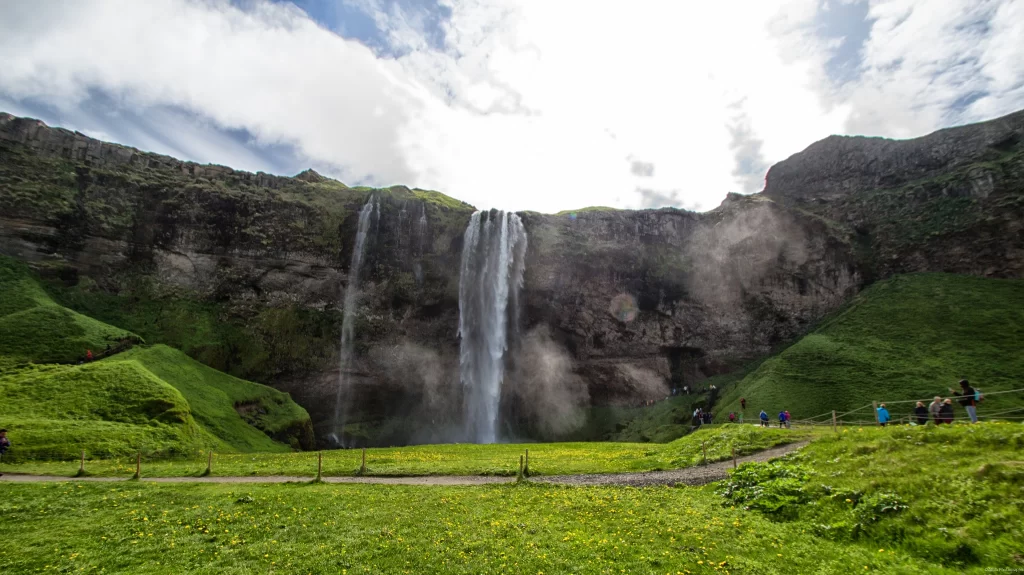
For photography lovers, the Icelandic summer is a paradise that offers spectacular transitions of light and color between sunrise and sunset. It is without a doubt the best time to photograph the incredible Icelandic nature. Also, with more daylight hours, you can make the most of your time to visit more areas of the country.
On the other hand, summer is still the best time to travel to Iceland for many because there are also numerous outdoor music festivals. You can camp, and also access the Landmannalaugar valley, which remains closed in winter.
Traveling in autumn

From the end of August to the end of October you can travel to Iceland with complete peace of mind. Within this interval, the best month is September, not only will you enjoy good weather, but you will also find a greater offer of accommodation at a better price.
You will also have the opportunity to see some northern lights, as well as see the first snowfall. You will enjoy a temperature very similar to that of the spring season, so you will have access to many excursions and remote areas of the country of ice.
To make it even more interesting, you should know that the colors of autumn in Iceland will offer you a unique spectacle. As if that weren’t enough, September is the month in which it rains the least in the entire country. Without a doubt, this month is by far the best time to travel to Iceland.
Traveling around Iceland in winter

If you’re not afraid of the cold, winter is the perfect time to travel to Iceland, as it’s when you’ll have the greatest chances of seeing the Northern Lights. From the end of August until April you can see this light show between 10:00 p.m. and midnight.
Perhaps the biggest drawback of traveling to this frozen country in winter is that you can encounter snowstorms. It’s a risk you should take into account if you want to experience the authentic Iceland firsthand.
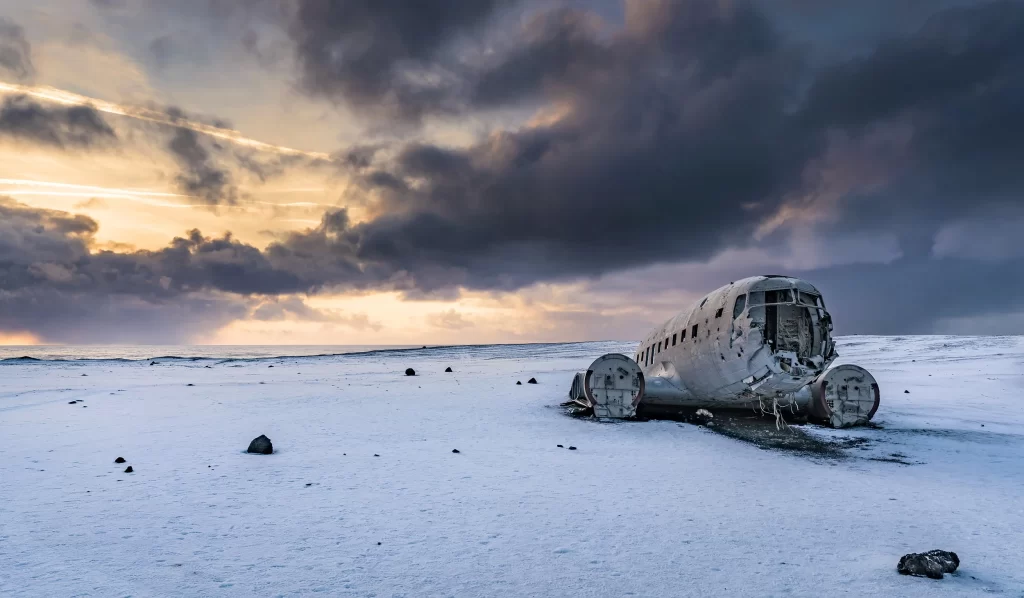
On the other hand, Iceland is less cold than you might think depending on the area. In Reykjavík in winter the average temperature is between 1 and 2 degrees Celsius. Sometimes it drops to -10ºC in the coldest months. If you visit the north, for example, the city of Akureyri, you will find temperatures of 0ºC and abundant snow.
The Icelandic fjords, located in the western part of the country, as well as many towns in the north can be isolated during the winter. However, the average temperature of the Icelandic winter is less cold than in New York. Therefore, winter could also be the best time to travel to Iceland. In addition, you can visit spectacular ice caves and glaciers that you will not be able to see during the summer.
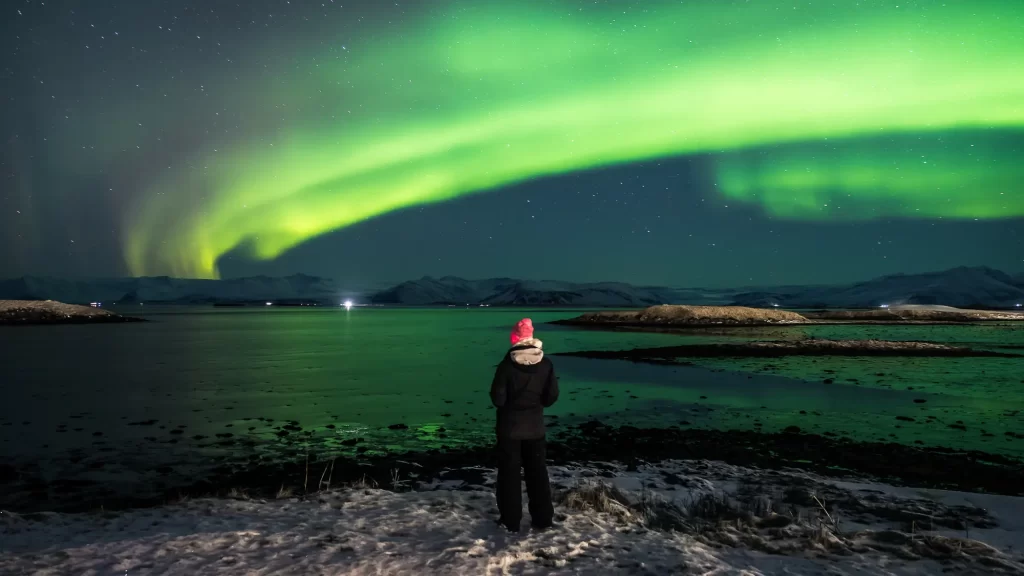
Now that you know what to expect in each season of the year in Iceland, start preparing your trip and discover a country that you will want to return to again and again.
Best time to visit Iceland Northern Lights ?
The Northern Lights in Iceland can be seen from the end of August to mid-April.

The best time to see the Northern Lights is in winter, starting in October. When the nights are longer, there is more darkness and there is more time to contemplate them.
What you have to keep in mind is that from October onwards there is less light but also temperatures drop, reaching from 1 degree to -4 degrees below zero.
-
Best Places to Visit in Portugal in 2025 (With Insider Tips!)
Best Places to Visit in Portugal in 2025 : 12 beautiful and unknown places to travel to Portugal that leave … Read more
-
Say Goodbye to These Destinations – Travel Bans Coming in 2025!
Countries you will no longer be able to visit in 2025: the Government prohibits you from doing so Wars, natural … Read more
-
Where to travel in March: Best Place to visit in March 2025
March is a month of transition and we are going to explore Best Place to visit in March 2025. The … Read more
